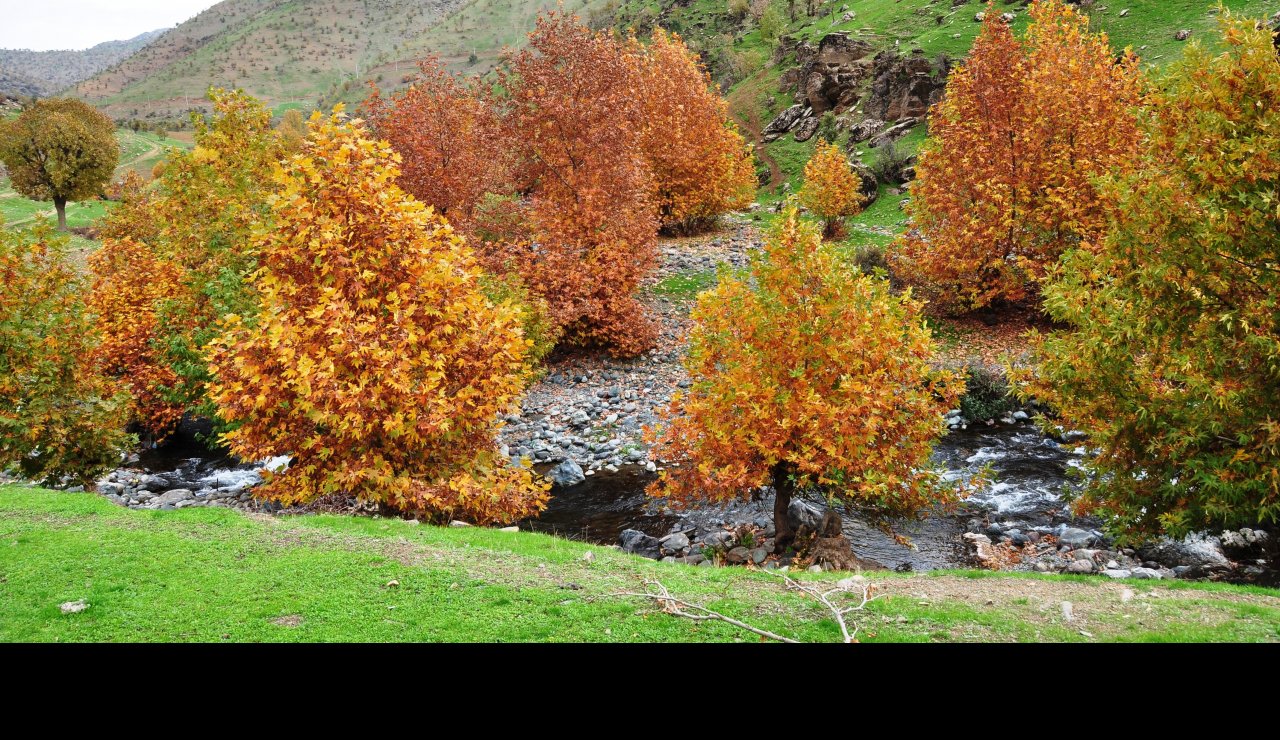Kurdish music
It is performed in Kurdish Language. Traditionally, there are three types of Kurdish Classical performers -storytellers (çîrokbêj), minstrels (stranbêj) and bards (dengbêj). There was no specific music related to the Kurdish princely courts, and instead, music performed in night gatherings (şevbihêrk) is considered classical. Several musical forms are found in this genre. Many songs are epic in nature, such as the popular Lawiks which are heroic ballads recounting the tales of Kurdish heroes such as Saladin. Heyrans are love ballads usually expressing the melancholy of separation and unfulfilled love. Lawje is a form of religious music and Payizoks are songs performed specifically in autumn. Love songs, dance music, wedding and other celebratory songs (dîlok/narînk and bend), erotic poetry andwork songs are also popular.
Another style of singing that originated as practice to recite hymns in both Zoroastrian and Islamic Sufi faiths is Siya Cheman. This style is practiced mostly in the mountainous subregion of Hewraman in the Hewrami dialect. However, some modern artists, have adopted the style and blended it with other Kurdish music. Siya Cheman can also be classified as çîrokbêj because it is often used to for storytelling.
Musical instruments include the tembûr (tembûr, saz), biziq (bozuk), qernête (Duduk) and bilûr (Kaval) in northern and western Kurdistan, şimşal (long flute), cûzele, kemençe and def (frame drum) in the south and east. Zirne(wooden shawm) and dahol (drum) are found in all parts of Kurdistan.
The most frequently used song form has two verses with ten syllable lines. Kurdish songs (stran or goranî) are characterized by their simple melodies, with a range of only four or five notes.
Kurdish traditional clothing
Most Kurdish women and men have a large collection of Kurdish dresses and are always on the lookout for new designs and fabric. They usually buy the fabrics of their choice and then have it tailors as such there are tailors who specialize in making Kurdish clothes. Recently these respected tailors have turned into designers that have created different designs for the conventional structure of the dress. In villages most of the time women tailor for their entire family after everyone making their own fabric choice.
The traditional Kurdish dresses are for everyday wear and are not reserved only for holidays. The Kurdish costume was worn every day in the past. Currently some women still wear them on a daily basis especially by the older generation of women. The dresses worn on a daily basis tend to be modest in colour and have little or no accessories or embroideries. In the present day the Kurdish dress is more commonly worn on special occasions.
Traditional Kurdish women’s outfit includes either a vest or long-sleeved jacket or long overcoat worn over a gown. An under dress and puffy pants is worn beneath the gown. A belt over the gown is also needed. Traditionally women wore Kurdish hats ornamented with valued coloured stones, beads and gold pieces. Overtime this has become less common. Now it is more popular among women to only accessorise with gold Jewellery. Usually younger women and young girls wear brightly coloured dresses adorned with many beads and sequences and the older women wear darker colours. However older women tend to wear more gold jewellery because traditionally when women married they would receive a dowry of gold jewellery pieces from their groom, the tradition implied that the amount of gold pieces a woman wore signified the status amongst other women in their society. This still applies today to a lesser extent.












